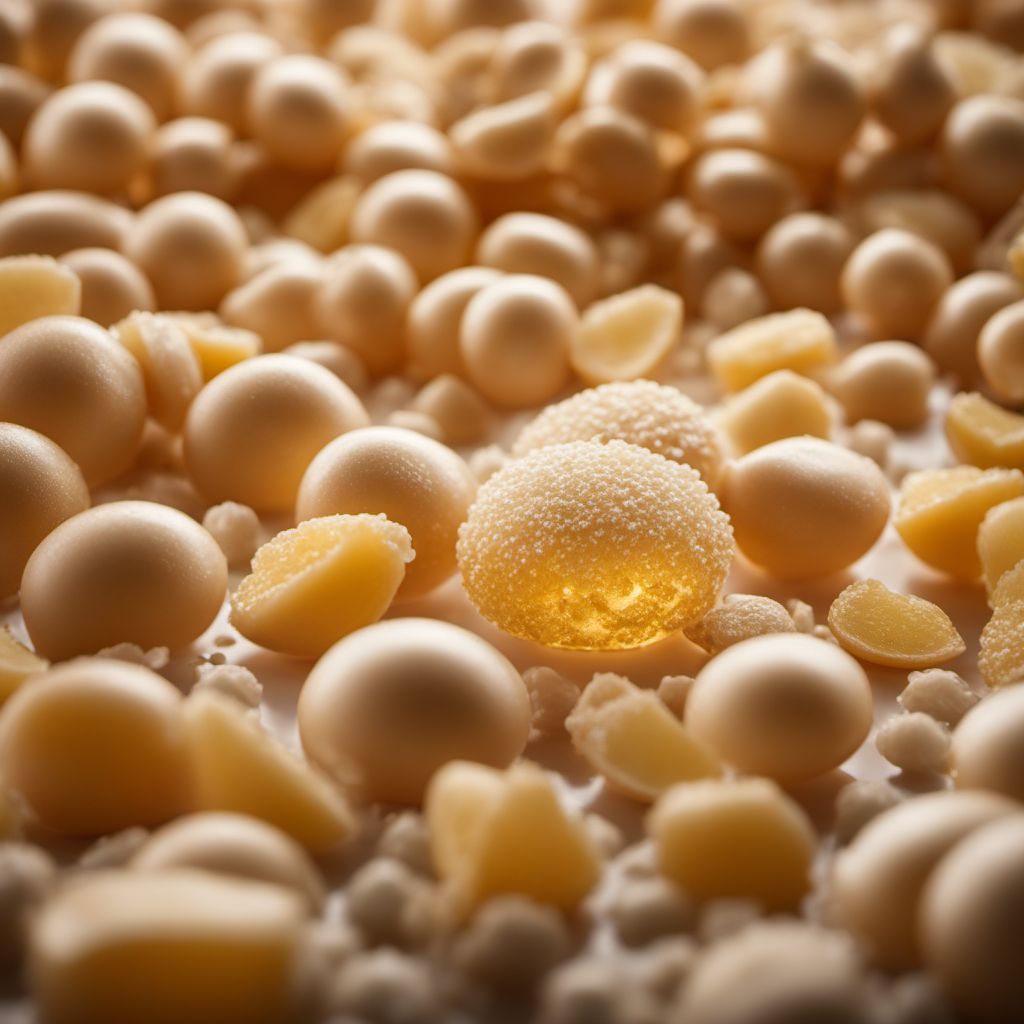
Ingredient
Anti-foaming agent
The Silent Hero: Taming the Bubbles in Your Culinary Creations
Anti-foaming agents are substances used to reduce or eliminate foam formation in food and beverages. They work by breaking down the surface tension of liquids, preventing the formation of bubbles. These agents can be natural or synthetic and are commonly used in cooking processes such as frying, boiling, and fermentation. They are particularly useful in preventing foam overflows and maintaining the desired texture and appearance of dishes. Anti-foaming agents come in various forms, including powders, liquids, and emulsions, and are typically added in small quantities to achieve the desired effect.
Origins and history
The use of anti-foaming agents in cooking can be traced back to ancient times. In traditional Chinese cuisine, ingredients like vinegar and ginger were used to reduce foam formation in cooking liquids. In the 20th century, with the advancement of food science and technology, synthetic anti-foaming agents were developed to provide more effective and consistent results. Today, anti-foaming agents are widely used in the food industry and have become an essential tool for chefs and home cooks alike.
Nutritional information
Anti-foaming agents do not provide any significant nutritional value as they are used in very small quantities.
Allergens
Anti-foaming agents are generally considered safe and do not pose any known allergenic risks.
How to select
When selecting an anti-foaming agent, it is important to consider the specific application and the desired outcome. Different anti-foaming agents may work better in certain cooking processes or with specific ingredients. It is recommended to choose a reputable brand and read product labels to ensure the agent is suitable for the intended use.
Storage recommendations
Anti-foaming agents should be stored in a cool, dry place, away from direct sunlight. It is important to follow the manufacturer's instructions regarding storage conditions and shelf life.
How to produce
Anti-foaming agents are typically produced through industrial processes and are not easily produced at home.
Preparation tips
When using an anti-foaming agent, it is crucial to follow the recommended dosage provided by the manufacturer. Adding too much can result in an undesirable texture or taste. It is also important to add the anti-foaming agent at the appropriate stage of cooking to ensure its effectiveness. For example, when boiling liquids, it is best to add the agent at the beginning to prevent excessive foam formation.
Culinary uses
Anti-foaming agents are commonly used in various culinary applications, including deep-frying, simmering sauces, making soups, and brewing beer. They help prevent foam overflows and maintain the desired texture and appearance of the final product.
Availability
Anti-foaming agents are widely available in grocery stores, specialty food stores, and online retailers that sell culinary ingredients.
More ingredients from this category » Browse all
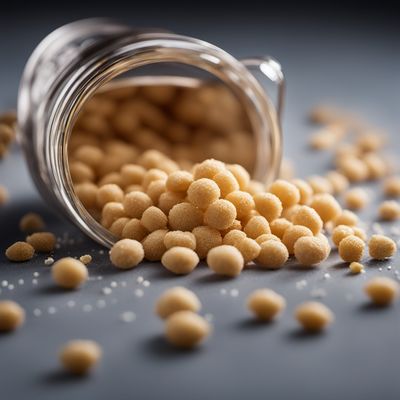
Modified starch
The Versatile Transformations of Starch
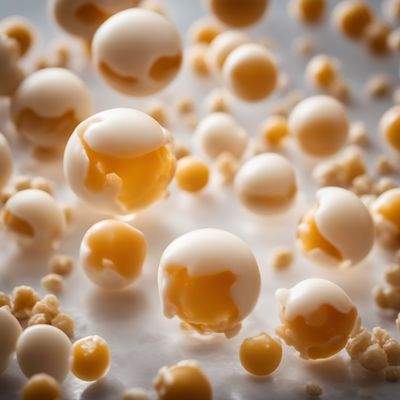
Glazing agent
Enhancing Food Appeal

Raising agents
The Magic Behind Culinary Rise: Unveiling the Secrets of Raising Agents

Antioxidant
"Nature's Defense: Unleashing the Power of Antioxidants"

Stabiliser
The Secret Ingredient for Perfect Texture

Preservative
Preserving the Goodness: Unveiling the World of Food Preservatives

Acid
The Tangy Elixir: Unleashing the Power of Acidity in Culinary Delights

Gelling agent
The Magic of Gelling Agents
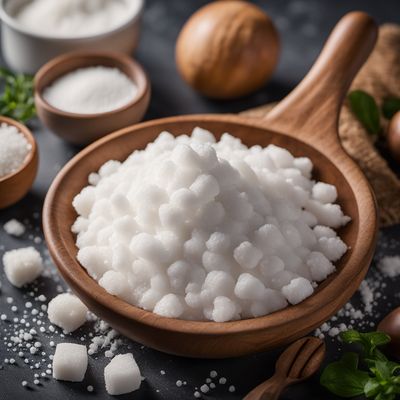
Emulsifying salts
The Magic of Emulsifying Salts

Propellent gas
The Power Behind the Spray: Unveiling the Secrets of Propellent Gas
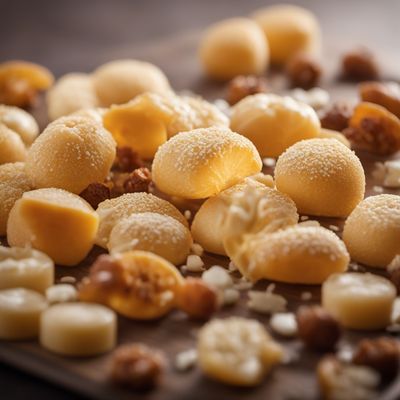
Anti-caking agent
The Secret Ingredient: Unveiling the Magic of Anti-Caking Agents
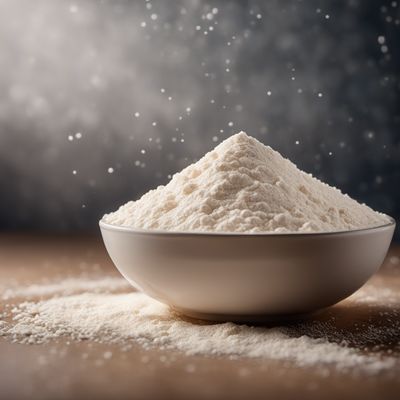
Flour treatment agent
The Secret Ingredient for Perfect Baked Goods